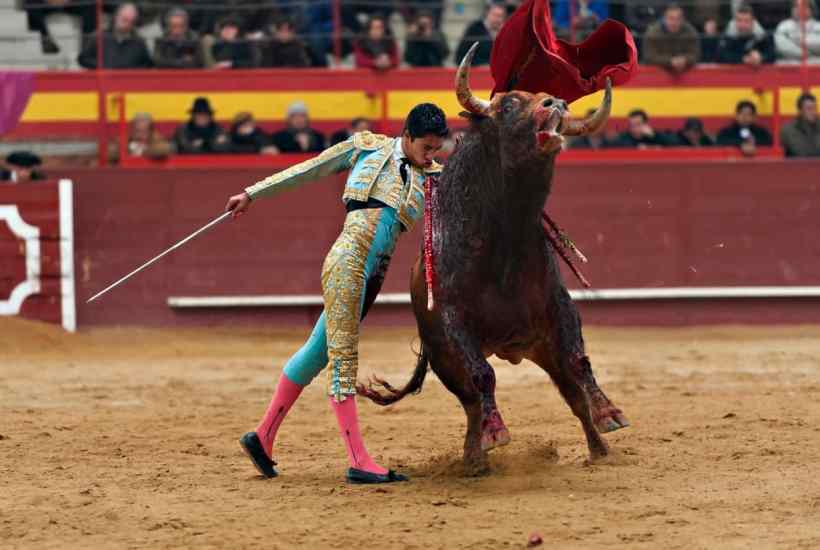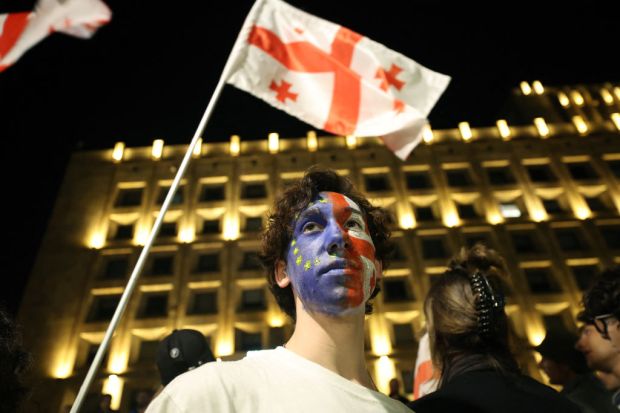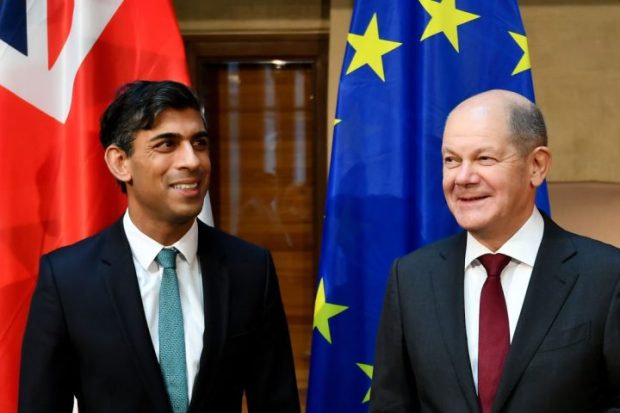Being sanctimonious about foreigners and their cruelty to animals has long been a British tradition. The taste for dog meat in parts of Asia seems to incense many who perhaps should have matters closer to home to worry about – such as our collective addiction to cheap, factory farmed meat. When I was a child in the 1980s, ghoulish Spanish practices usually involving donkeys at some out of the way fiesta were a mainstay of Esther Rantzen’s unfathomably popular Sunday night programme, That’s Life. But sentimentality about animals has a way of catching on: South Korea’s President Moon Jae-in has suggested banning the consumption of dog meat and Spain is now debating whether children under the age of 16 should be prohibited from going to bullfights.
Restrictions on bullfighting are part of an ongoing culture war on the Iberian peninsula not that dissimilar to the battles around fox hunting in the UK nearly 20 years ago. At that time the Guardiancolumnist and environmental campaigner George Monbiot wrote, ‘as an animal welfare issue, foxhunting comes in at about number 155… It’s insignificant beside intensive pig farming, chicken keeping or even the rearing of pheasants for driven shoots. But as a class issue, it ranks behind private schooling at number two.’ Monbiot was refreshingly honest in his case for banning hunting; it should not be banned on grounds of cruelty but for what it represented – a pursuit of the privileged classes, those that are to blame for contemporary Britain’s ills and injustices.
Attempts to restrict bullfighting in Spain are not about animal welfare either; frankly neither fox hunting nor bullfighting are major animal welfare issues. In the Spanish case the debate is not about class but about the country’s self image and in its separatist regions about their Spanishness or otherwise. When the Catalan parliament voted to ban bullfighting in 2010 – a ban subsequently overturned by Spain’s constitutional court – voting was largely on separatist versus unionist grounds. Only three out of 54 Catalan MPs representing unionist parties from across the left/right spectrum voted for the ban, whilst over 85 per cent of separatist MPs voted for it. The Catalan separatists were effectively saying, we are not like those dastardly Spaniards.
Today opposition to the corrida is not limited to the separatist regions. The dividing line is now about Spain’s self image: should Spain celebrate its culture as unique and wallow in its Iberian exceptionalism or should it see itself as a modern European country that has put its antiquated traditions behind it? The attacks have become particularly fierce after Covid and the lockdowns – two bullfighting seasons have been all but entirely lost. Opponents of the corrida see this hiatus as an opportunity to not go back to the old ways; its supporters believe this is the moment it needs encouragement. Restrictions on bullfighting are now being championed by the current leftist Spanish government, a coalition of the mainstream Socialists and the Corbynista-style Podemos party – and is being fiercely opposed by the mainstream conservative Popular party and the further right Vox. In Madrid the conservative regional administration is supporting public subsidy for bullfighting as part of Spain’s essential cultural patrimony.
Bullfighting should not be seen in isolation – attempts to restrict toreo should be seen as part and parcel of a package of symbolic policies adopted by the Spanish left. They include the exhumation of Franco from his tomb in the Valley of the Fallen in 2019 and the current government’s desire to have more of a reckoning with the country’s Francoist past. What Boris Johnson’s government has in common with that of Pedro Sánchez, Spain’s Socialist Prime Minister, is that both seem more comfortable fighting culture wars than getting on with the normal business of government – except they are coming from opposite directions. As happened during the fox hunting debate in the UK, opinion on both sides has been radicalised. Many Spaniards previously bored by the corrida, have now re-embraced it. Being a taurine aficionado has become a quasi-political statement or at least a statement of how one wishes to identify. The Peruvian Nobel laureate Mario Vargas Lhosa has stated, ‘it is true that the bullfight now has many critics, but instead of diminishing the enthusiasm of fans it has only served to increase it.’
Why take children to Plaza de Toros? The leading English language commentator on toreo, Christopher North, has arguedin the pages of The Spectator that the art of the corrida teaches respect for mortality. ‘The art of toreo depends upon death – the certain death of the animal, and the unlikely but not unthinkable death of the matador.’ Mortality is the one absolute certainty – yet our contemporary sanitised world, with its prepacked food on supermarket aisles and its hospitalisation of our own deaths, does its very best to hide it from public view; we have certainly become much more squeamish about talking about death than sex. Is it really healthy to hide this reality from children? Children are inundated with images of death as projected on their screens – but it is a clean and synthetic affair. Surely the corrida will give children a much more meaningful appreciation?
Bringing up two boys in London does not give many opportunities to take them to bullfights; I will need to continue boiling live lobsterswith them instead. It won’t be as educational, but will at least take them away from YouTube. Very soon Spanish parents may have to do the same. The one consolation is that lobsters make for better eating than fighting bulls.
Got something to add? Join the discussion and comment below.
Get 10 issues for just $10
Subscribe to The Spectator Australia today for the next 10 magazine issues, plus full online access, for just $10.




















Comments
Don't miss out
Join the conversation with other Spectator Australia readers. Subscribe to leave a comment.
SUBSCRIBEAlready a subscriber? Log in